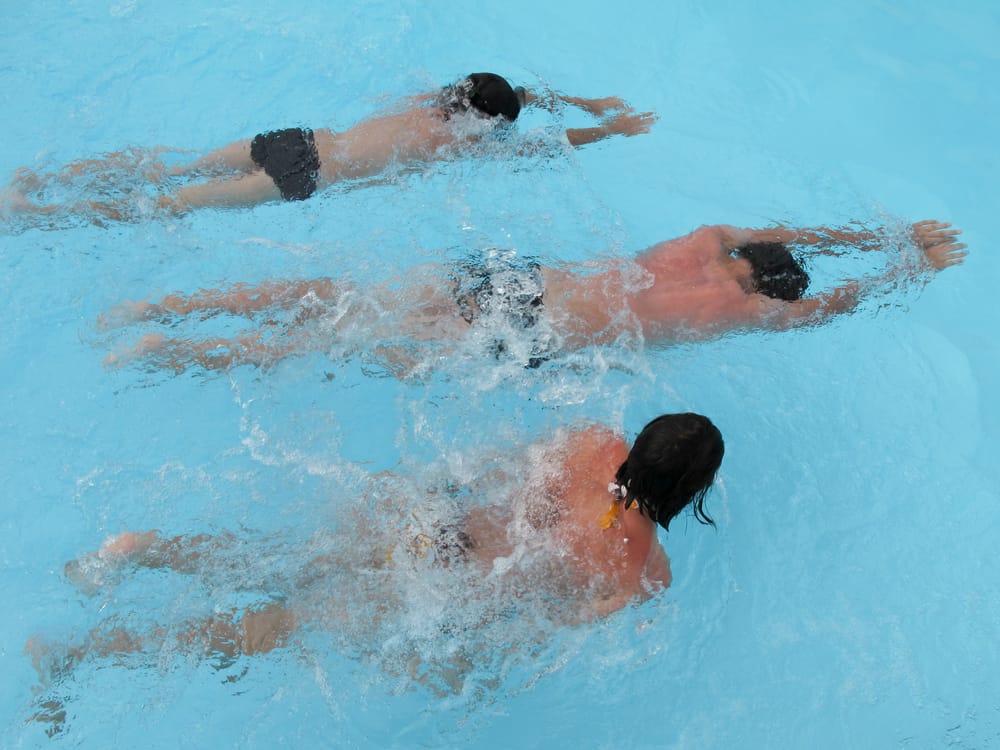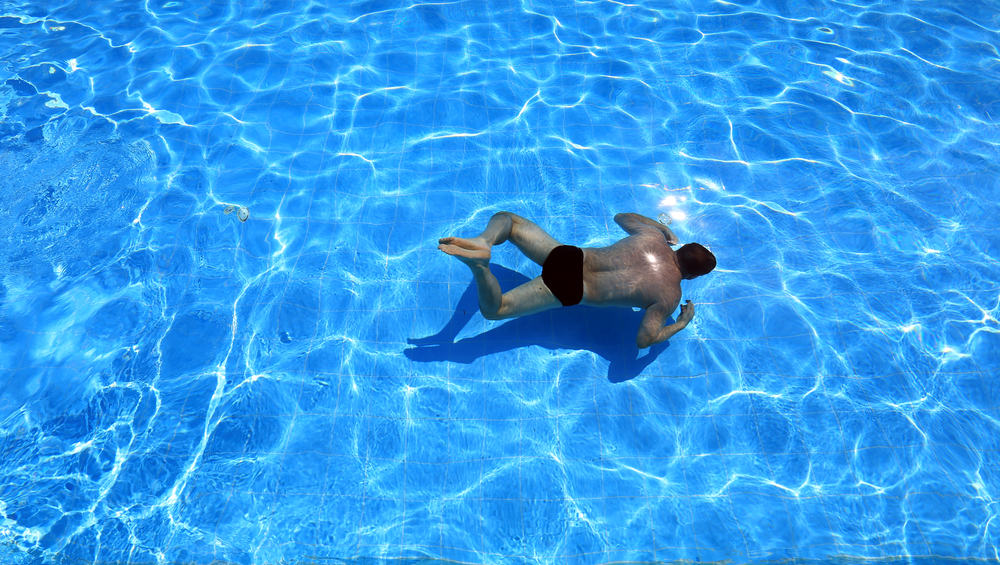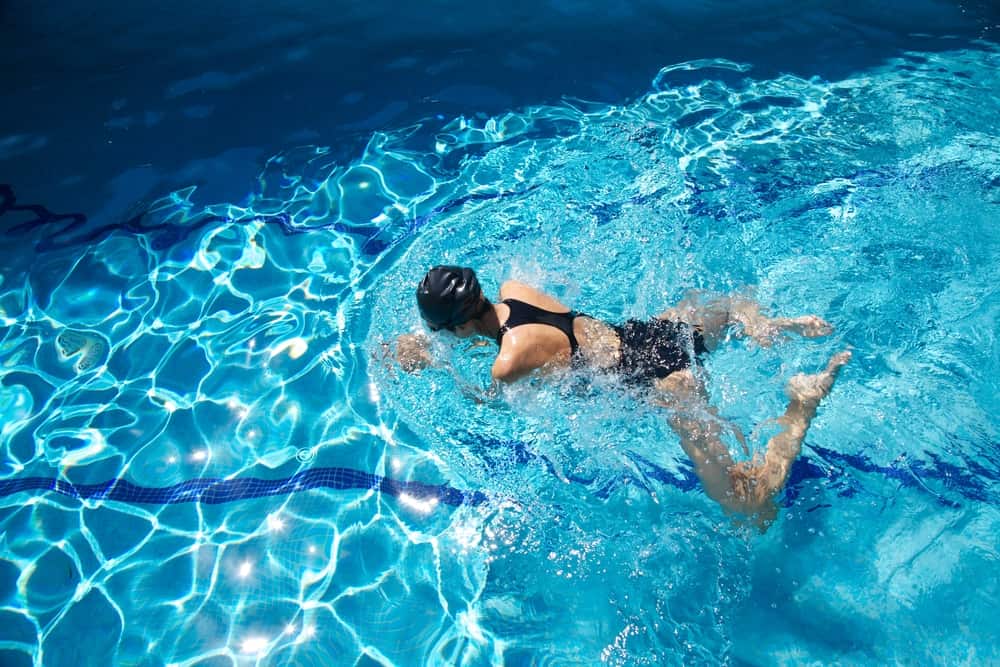You can do breaststroke in the open water swimming, but it requires some specialized techniques. In open-water swimming, you often have to deal with waves and currents, making it challenging to stay on course.
In addition, the temperature of the water can be a challenge. It is often colder than a pool, so you must be prepared for that. Finally, open-water swimming can be dangerous if unfamiliar with the area. Make sure you know where you are going and be aware of your surroundings.

Table of Contents
What is open-water swimming?
Open-water swimming is simply swimming in open-water areas such as oceans, lakes, and rivers. It can be a great way to get fit and explore your local area. It can also be a lot of fun and a great way to make new friends.

There are many reasons why open-water swimming can be great for you. It is a great way to get fit, as it is a full-body workout. Additionally, it can be a great way to explore your local area and see things you would never have seen if you were walking or running.
If you are interested in trying open-water swimming, there are a few things you need to do to get started. First, you need to find a safe place to swim. This means finding an area that is not too deep, has a smooth bottom and is free of obstacles.
You will also need to ensure you have the proper equipment, including a wetsuit, swim cap, and goggles. Finally, you must ensure you are comfortable with the water temperature. If you are not comfortable swimming in cold water, you may want to consider swimming in a heated pool first.
The advantages of swimming in open water
Swimming in open water offers many different health benefits than swimming in a pool. Open-water swimming can help improve your cardiovascular health, increase strength and flexibility, and provide a great full-body workout. It’s also great to enjoy the outdoors and get fresh air.

Here are some of the specific benefits of open-water swimming:
- Cardiovascular health: Swimming in open water can help improve your cardiovascular health by increasing your heart rate and blood flow. This exercise is excellent for your heart and can help reduce your risk of heart disease.
- Strength and flexibility: Swimming in open water can also help increase your strength and flexibility. The water’s resistance helps build muscle, and the movement helps stretch your body.
- Full-body workout: Open-water swimming is a great full-body workout. It works all major muscle groups, including your arms, legs, back, and core.
- Enjoy the outdoors: Open-water swimming is a great way to enjoy the outdoors. It’s a great way to get fresh air and explore your surroundings.
- 5. Low impact: Swimming is a low-impact exercise that is easy on your joints. This makes it an excellent option for people looking for a workout that is easy on their bodies.
Open-water swimming offers many health benefits, making it an excellent choice for people of all ages and fitness levels. So, get out there and enjoy the water.
Do you swim slower in open water?
Swimming in open water can be quite different from swimming in a pool. One of the most significant differences is that you tend to swim slower in open water due to the resistance of the water. This can be a challenge for some swimmers, but there are ways to overcome it and swim faster in open water.

One way to swim faster in open water is to use a breaststroke kick. This kick is more efficient than a regular freestyle kick and will help you move through the water more quickly. You can also use a flutter kick, which is more efficient than a traditional freestyle kick.
Another way to swim faster in open water is to use a swimming stroke that is more efficient than the freestyle stroke. The backstroke and the breaststroke are more efficient than the freestyle stroke, so you may want to try using them when swimming in open water.
Finally, you can increase your speed by using a swimming technique called drafting. Drafting involves swimming close behind another swimmer so that you can take advantage of their wake. This will help you move through the water more quickly and can significantly increase your speed when swimming in open water.
Difference between open water swimming and pool swimming
Open water swimming and pool swimming are two different sports. Though they may seem similar, the two have several key differences. The first main difference is that open-water swimming occurs in a natural body of water, such as a river, lake, or ocean, while pool swimming occurs in a chlorinated pool.

This can be dangerous because there are creatures in open water, such as sharks and jellyfish, that can harm you, while pool swimming is much safer.
Another difference is the temperature of the water. Open-water swimming can be done in colder temperatures than pool swimming. Some people even swim in icy cold waters! Pool swimming is limited to the pool’s temperature, usually kept quite warm.
Lastly, open-water swimming requires more endurance than pool swimming. This is because open water swimming takes place over a longer distance, and you often have to fight against currents and waves. Pool swimming is much shorter and more accessible, so you don’t need as much endurance.
So overall, open water swimming and pool swimming are very different sports with unique challenges and benefits. If you’re looking for a more challenging swim that offers beautiful scenery and a chance to see aquatic creatures, open-water swimming is definitely for you! But if you’re looking for an easy and safe swim, then pool swimming is the way to go.
